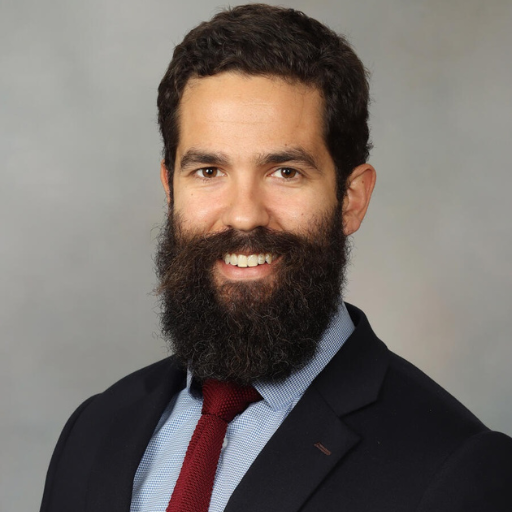Characterization of Cultured Human Anterior Segments
About the Research Project
Program
Award Type
Standard
Award Amount
$70,000
Active Dates
April 01, 2003 - September 30, 2005
Grant ID
G2003041
Summary
The most common form of glaucoma is Primary Open-Angle Glaucoma (POAG). The exact cause of POAG is unknown, but initial changes occur in the front part of the eye, called the anterior segment. Aqueous humor, a liquid containing nutrients essential for cellular survival, flows through the anterior segment and into the trabecular meshwork, a tissue that functions as a filter. In POAG, the clogging of the trabecular meshwork by an unknown mechanism results in an increase in intraocular pressure (IOP), one of the risk factors for POAG and other forms of glaucoma. Dr. Fautsch and his colleagues are working with human anterior segments from donor eyes to test various how various media, when applied to the tissue, affect protein expression and hence, IOP. Initial investigations have already identified significant protein changes in anterior segment tissues following the culturing process. Dr. Fautsch is using proteomic techniques to further characterize the human anterior segment model. After normal protein expression profiles have been defined, he will supplement the initial media with serum, which contains many nutrients and growth factors that are essential for cell survival. The long-term goal of this study is to refine this human model so that it mimics the functions normally occurring within the anterior segment. This approach is expected to serve as the foundation for additional studies to more thoroughly define the components in aqueous humor.
Related Grants
National Glaucoma Research
Developing a New Glaucoma Treatment That Avoids Daily Drops
Active Dates
July 01, 2025 - June 30, 2027

Principal Investigator
Gavin Roddy, MD, PhD
Current Organization
Mayo Clinic, Rochester
National Glaucoma Research
Human Retinal Regeneration to Cure Glaucoma
Active Dates
July 01, 2025 - June 30, 2027

Principal Investigator
Karl Wahlin, PhD
Current Organization
University of California, San Diego
National Glaucoma Research
Mitochondria in Retinal Ganglion Cells
Active Dates
July 01, 2025 - June 30, 2027

Principal Investigator
Rob Nickells, PhD
Current Organization
University of Wisconsin-Madison



